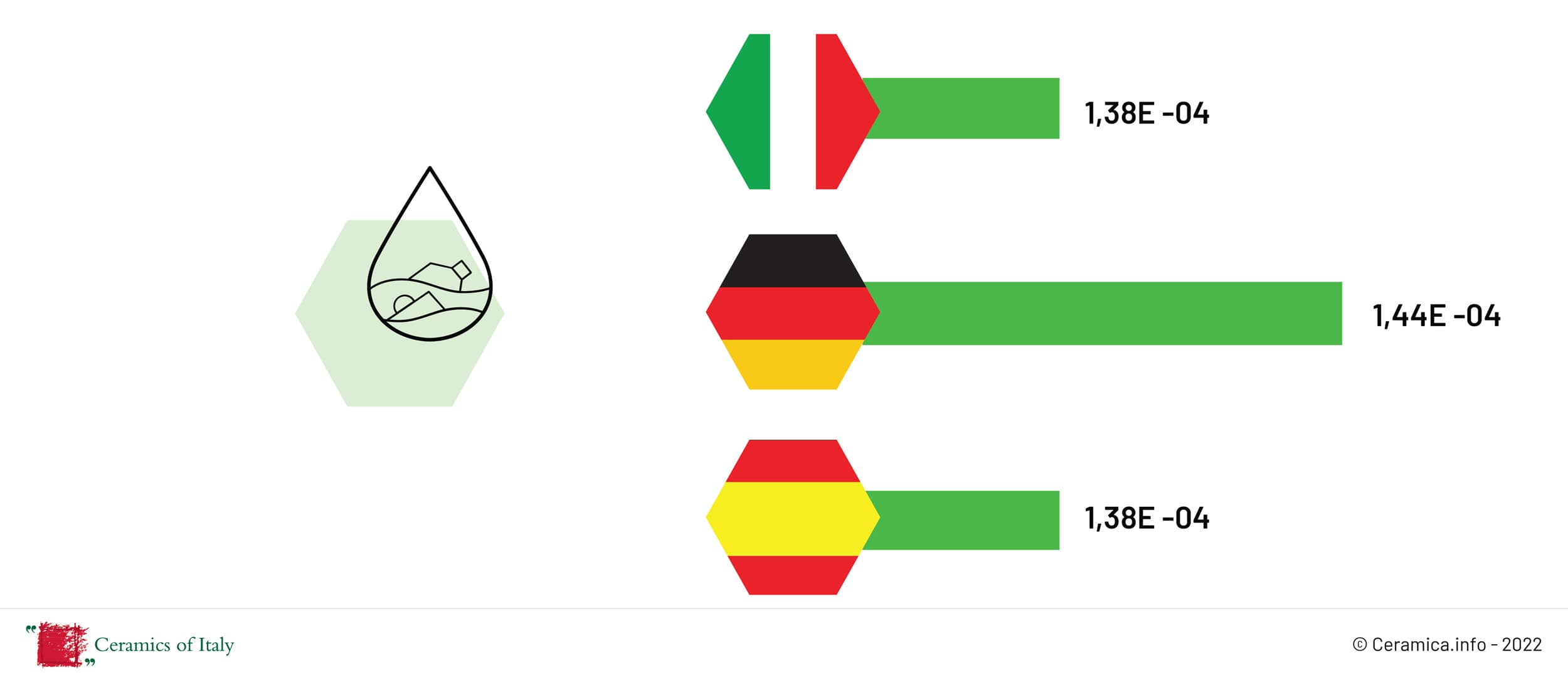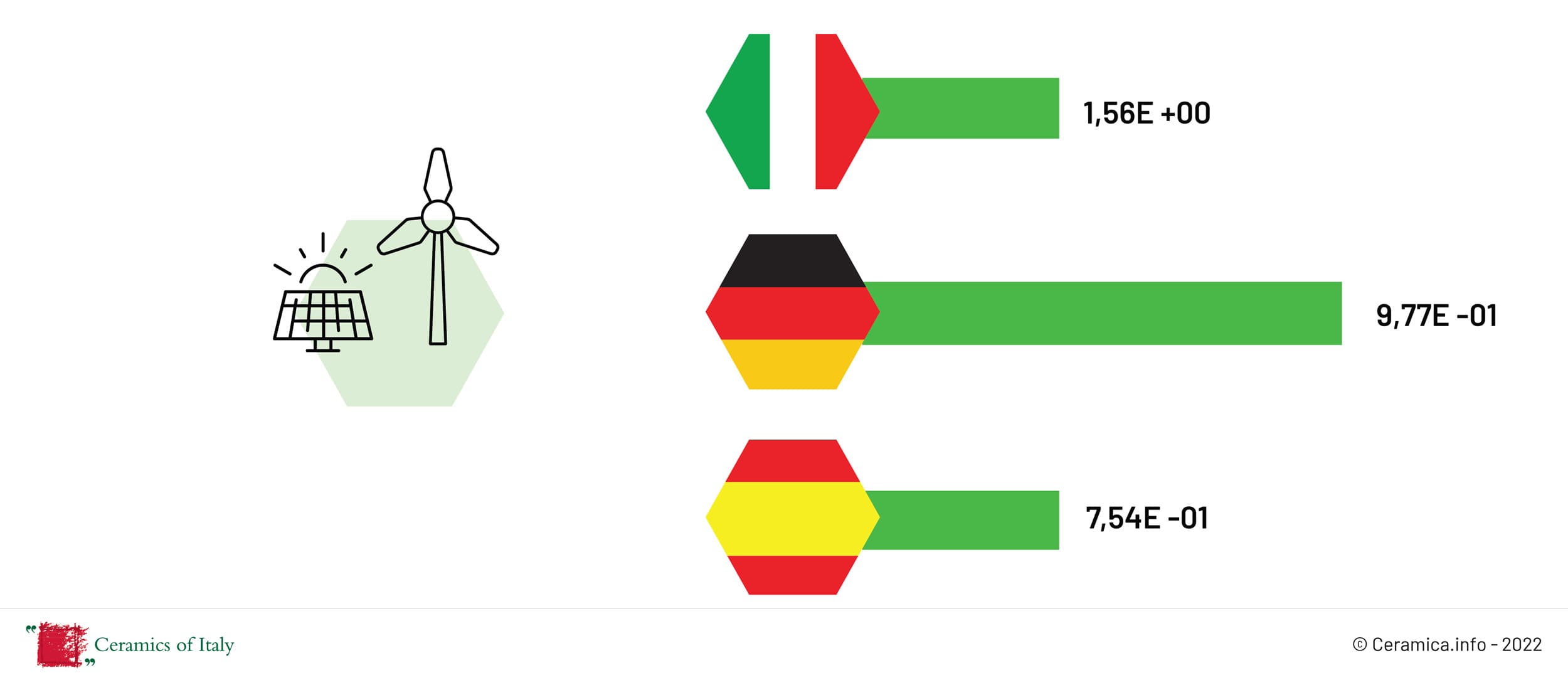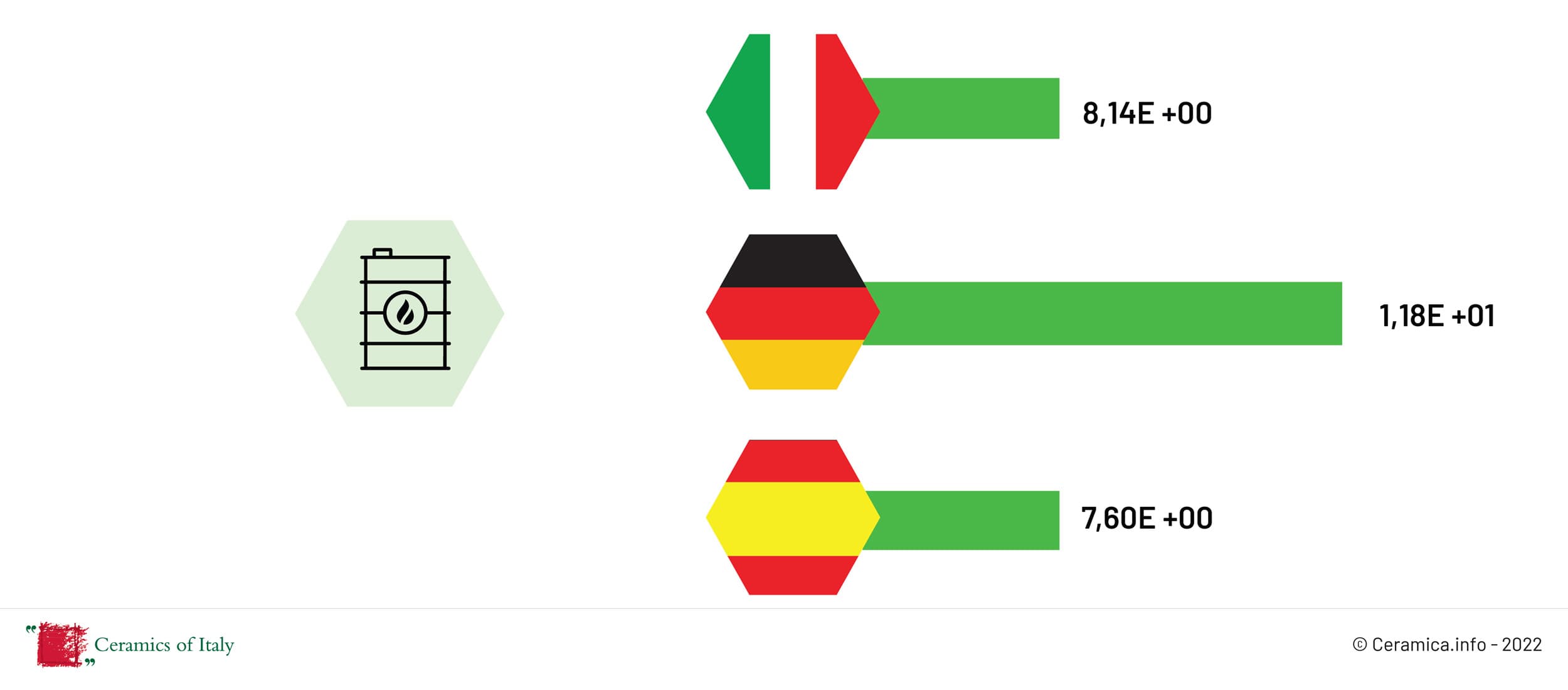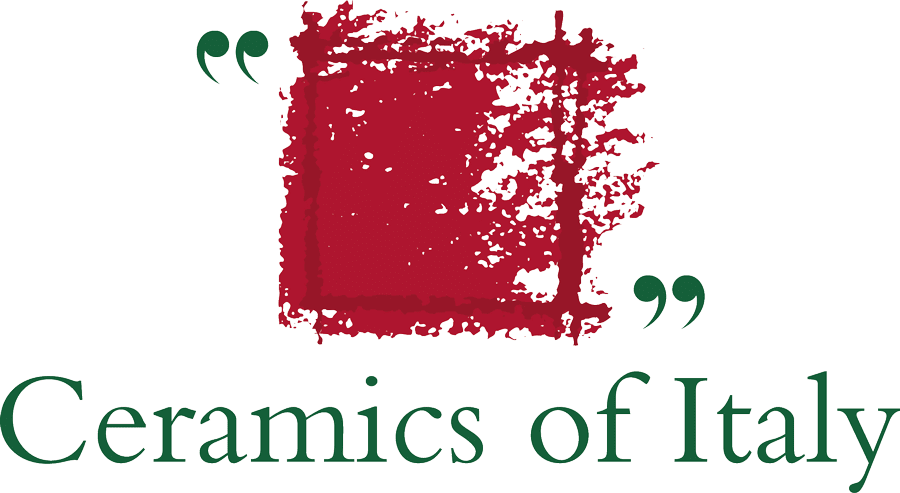Italian ceramic tile producers use more renewable energy and pay greater attention to environmental sustainability than their Spanish and German counterparts. This is confirmed by a comparison between the Environmental Product Declarations (EPDs) of the three European countries.
The Italian ceramic tile sector’s industry-wide EPD
The EPD or Environmental Product Declaration uses objective data to describe the environmental performance of a product over its entire life cycle. In 2016, Confindustria Ceramica promoted an industry-wide EPD study that would enable all companies to certify the quality of their tiles in world markets.
The survey involved a sample of 76 companies and 84 factories representing approximately 82.6% of Italian production. This is the largest sample size for an EPD carried out in the construction sector anywhere in the world.
To perform the environmental performance analysis, a set of indoor and outdoor residential and commercial floor and wall tiles was chosen as a representative sample of the entire production of the member companies.
The study considered the entire product life cycle, using the unit of measurement of 1 m2 of ceramic tiles with an average mass of 19.9 kg.
The industry-wide EPD for the Italian ceramic tile industry gave the following results:
Comparison between the EPDs of Italy, Germany and Spain
The German association (Bundesverband Keramische Fliesen e.V.) and its Spanish counterpart (ASCER) also promoted an industry-wide EPD. The German EPD covered 70% of national production while the Spanish study involved 40% of the industry’s manufacturing facilities.
A comparison between the three industry-wide EPDs offers interesting insights into the environmental performance of their respective ceramic tiles.
Compared to Germany, Italy has a better record in the fields of global warming and water eutrophication (which causes water pollution), while it stands at about the same level in terms of photochemical ozone formation. But the most interesting fact is that the Italian ceramic tile industry is the best-performing of the three countries’ sectors in terms of the increased use of renewable energy resources (higher values correspond to better performance).
Once again, the data testify to the Italian ceramic tile industry’s firm commitment to environmental sustainability.
Water eutrophication levels

Renewable energy resources

Non-renewable energy resources

The EPD is a promotional tool for the sector
The industry-wide EPD study conducted by Confindustria Ceramica serves as a promotional tool for Italian ceramic tile companies, many of which are entitled to display the Ceramics of Italy label. The EPD measures an industry’s environmental performance by identifying objective data and determining its sustainability profile. For this reason, the EPD represents an opportunity for the Italian ceramic tile industry to clearly communicate its level of sustainability and the strategic importance of this factor in terms of international competitiveness.
The EPD in Green Building Rating systems
Green Building is a design system in which buildings are constructed in accordance with sustainability criteria, in turn demonstrated through environmental certifications and scores awarded at the green rating stage of a construction project. The Environmental Product Declaration integrates with the latest Green Building Rating and is a useful criterion for identifying design components, with a different weight assigned to each building certification scheme.



 Architects
Architects
 Dealers
Dealers
 Public
Public


